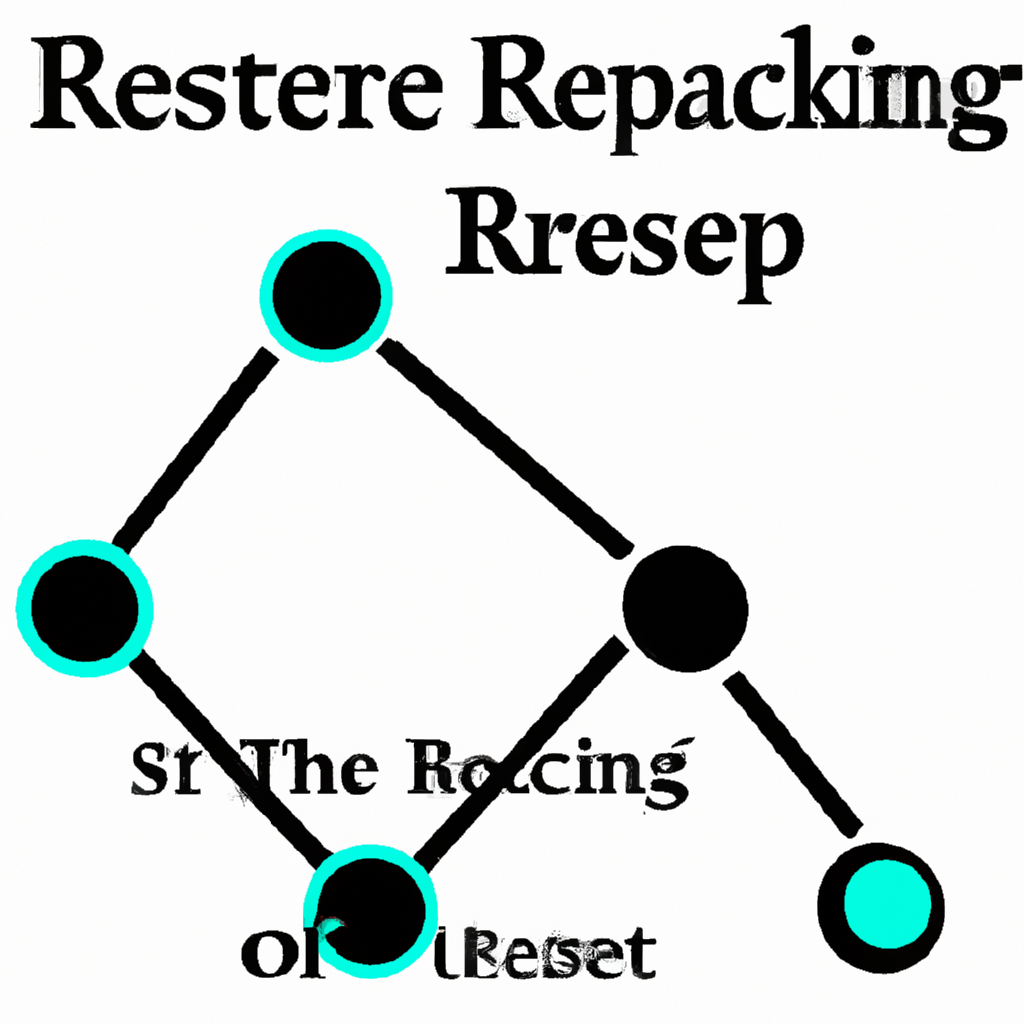Resistance Breakout Strategies
Introduction
Resistance breakout strategies are techniques used by traders to identify and capitalize on price movements that break through a resistance level. Resistance levels are areas on a price chart where the price has struggled to move higher in the past. When the price breaks through this level, it is seen as a bullish signal and can present an opportunity for traders to enter a trade.
Identifying Resistance Levels
Before implementing a resistance breakout strategy, traders must first identify key resistance levels on a price chart. This can be done by looking for areas where the price has previously struggled to move higher and has been rejected multiple times.
Key Indicators for Identifying Resistance Levels
- Previous swing highs
- Horizontal price levels
- Fibonacci retracement levels
Entry and Exit Points
Once a resistance level has been identified, traders can plan their entry and exit points for a potential breakout trade. The entry point is typically set just above the resistance level, while the exit point can be set at a predetermined target or at a trailing stop loss level.
Setting Stop Loss and Take Profit Levels
It is important for traders to set stop loss levels to protect their capital in case the trade goes against them. Take profit levels can be set at a predetermined target or using a trailing stop to capture as much profit as possible.
Risk Management
Risk management is crucial when implementing resistance breakout strategies. Traders should only risk a small percentage of their trading capital on each trade to minimize losses and preserve capital for future trades.
Conclusion
Resistance breakout strategies can be a powerful tool for traders looking to capitalize on bullish price movements. By identifying key resistance levels, planning entry and exit points, and implementing proper risk management techniques, traders can increase their chances of success when trading breakouts.


